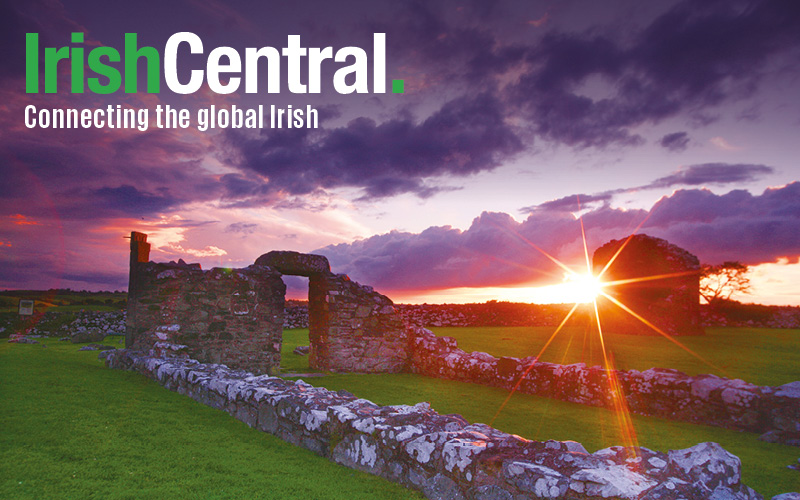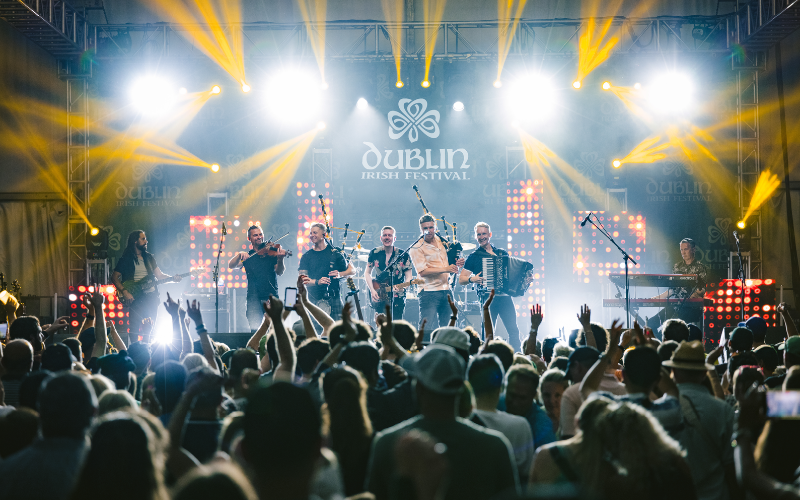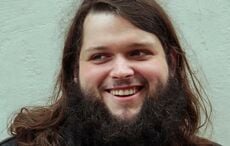Click here to read part 1 of this two-part interview.
Fears that dozens of children born to unmarried mothers in institutions across Ireland may have been adopted illegally in the United States were raised this week by the brave historian whose research unveiled the “Tuam babies” scandal in Co Galway.
Catherine Corless has called upon the Irish authorities to examine whether the deaths of infants at institutions such as the Tuam Mother and Baby Home may have been falsified in order to facilitate their adoption by American couples.
Her shocking revelations that hundreds of babies may have been buried in unmarked graves at St Mary’s in Tuam have led to calls for thorough excavations to be carried out at the Mother and Baby Home.
Despite facing hostility and indifference from the authorities, Corless established that 796 babies died at the Tuam home between 1925 and 1961.
None of the children were buried in local cemeteries and it has since been confirmed that some of the babies were buried in a disused septic tank at the former home.
“I keep maintaining there are other such chambers or pits or cesspits, as they called them, like that around the grounds. I’m anxious to find out how many remains they found. It’s quite possible many of those children were adopted illegally to America,” said Corless.
Read More: Death records for 796 children from the Tuam home published in full
Until the exact number of babies’ bodies at the home is confirmed, there are fears that documents may have been interfered with to facilitate illegal adoptions.
A confidential draft briefing paper for Health Service Executive (HSE) management in Ireland five years ago found that deaths recorded at a similar facility in Cork dropped “dramatically” when adoption legislation was introduced to Ireland in 1952.
News of this memo only circulated in the Irish media last week.
Corless and many others believe that some of the “Tuam babies” could have been transferred to the United States for adoption if birth and death certificates were interfered with at the home.

Corless at home with notes from Tuam survivors. Photo: Ciaran Tierney
“The mother and baby home in Tuam was involved with the provision of babies to the American adoptive market,” said the memo. “There are letters from senior Church authorities asking for babies to be identified for the US.”
Corless said there were survivors of institutions in Ireland who wanted to know whether their siblings had died at birth or been transferred for adoption to the United States.
“Adoptions were only legalized in 1952. It’s known that there was a large amount of money exchanged. They called them donations. There were a lot of people involved,” she told IrishCentral at her home last week.
“There were priests in America who organized it from that side. There were doctors here. The Archbishop had to sign the babies off as well, from Tuam. It’s quite a strong possibility that all of those 796 children are not in the graveyard in Tuam. Many of them might have been adopted illegally to America. We just don’t know."
Read More: Ireland's forgotten diaspora - banished unwed mothers and adopted children
Catherine has spoken to a woman from the Tuam home who was brought to Galway and given a meal before being asked to sign documents which she didn’t understand. Her child was taken away from her.
“It’s very important to find out how many children really were buried in Tuam, so that we can rule out wild speculation,” she told IrishCentral last week.
“The babies who would be adopted illegally got fake birth certs as well, they think they are American citizens. It’s very important to find out exactly how many babies are buried at the home.”
Because of her research, she was able to tell one former Tuam home resident, Peter Mulryan, that he had a younger sister. Peter has begun a campaign to find out what exactly happened to his little sister and whether she was buried in the septic tank at the home.
“Peter didn’t even know he had a sister. He started telling me his story. His mother went into the Magdalene Laundry. She ended up there all of her life. I wondered why she went in there. And he didn’t know. But I knew that if you had two children it was a ticket into the Magdalene Laundry in Galway,” said Corless.
“Having a second baby was described as a second offense. I guessed then that he might have had a brother or sister. I went back and researched it. I saw a Bridget Mulryan on the death list ten years later and then I got her birth cert. I worked back from her age. I was able to trace her back to the same townland as Peter.”
Read More: Tuam - the dreadful night the parish priest came for an unmarried pregnant girl
Some members of the business community in Tuam opposed Catherine’s bid to uncover what happened to the children in the home, but she is now seen as a national hero for opening up a debate about the treatment of unmarried mothers and their children in Ireland up to the 1960s.
She has never accepted that the treatment of the women and their children in those homes should be left in the past.
“I never accepted that it was a different Ireland. That was only a cop out. If you go back to your own childhood now, you will have seen kind people. I was born in the 1950s. I remember kindness. That’s the era we are talking about. That’s rubbish,” she said.
“You go out to a third world country and you will see poverty and want. But there’s no cruelty to each other and they look after their children the best they can. So I think that’s the greatest cop out ever. Everyone has a conscience and a bit of humanity in them. To say that they were the times and that’s just the way things were. I don’t accept that. Absolutely not.”
By unearthing the scandal, Corless said her only desire was to give the children a dignity in death which had been denied them in life. She wanted to erect a plaque in their honor long before she realized how many babies were involved.

Gates and plaque at the burial gound at Tuam, County Galway.
“I feel angry more than emotional now,” she said. “Throughout my life I have seen injustice all around me. I’m very, very empathetic towards people who don’t have a say. I’m angry at the Church for trying to dismiss what we were trying to say.
“I’m angry at the Bon Secours sisters for not coming out and saying they are sorry. All along, I felt that what I was doing was right. I felt I had to do this. The more people tried to block my efforts to discover the truth, the more determined I became.”
---
Ciaran Tierney is a journalist, blogger, and content writer, based in Galway, Ireland. Check out his Facebook page here. Find Ciaran Tierney on Twitter.
This article was submitted to the IrishCentral contributors network by a member of the global Irish community. To become an IrishCentral contributor click here.




Comments